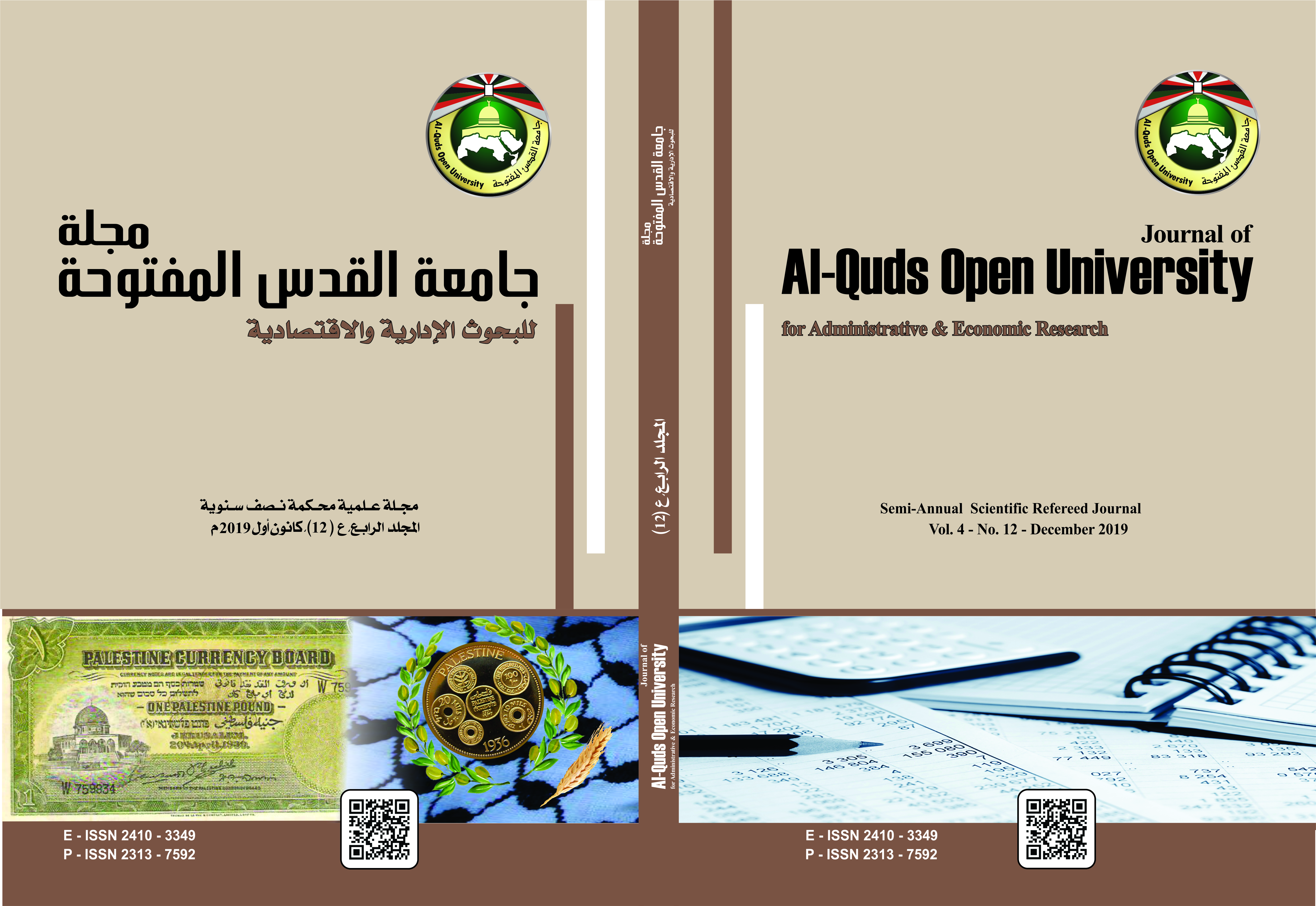Measuring the Relative Efficiency of the Performance of the International Islamic Bank of Syria Using the Data Envelope Analysis Model During the Period of 2008-2017
Keywords:
Syria International Islamic Bank, Data Envelopment Analysis, Inheritance Approach, Fixed Volume Model, Variable Size Yield Model.Abstract
The aim of this study is to measure the relative efficiency of the Syrian International Islamic Bank during the period 2008-2017, where strategic changes have taken place in the banking sector in Syria under Legislative Decree No. 5 of 2005, allowing for the establishment of Islamic banks in Syria.
The study is an attempt to study the extent to which the efficiency of the performance of the International Islamic Bank of Syria was affected by the existence of the rest of the banks as an external factor. This was done using the method of data envelope analysis. The fixed size returns model and the variable size yield model were used to find efficiency indicators with an objective approach. Deposits with banks, operating expenses and investments in subsidiaries) as inputs to the model and (net profit) as the model's output.
A number of results have been achieved. The most important of these results is that the International Islamic Bank of Syria is inefficient due to internal and external reasons, according to the method of data analysis, to find efficiency indicators with an objective approach, in cases of fixed size returns and variable volume returns.
Downloads
Published
How to Cite
Issue
Section
License
- The editorial board confirms its commitment to the intellectual property rights
- Researchers also have to commit to the intellectual property rights.
- The research copyrights and publication are owned by the Journal once the researcher is notified about the approval of the paper. The scientific materials published or approved for publishing in the Journal should not be republished unless a written acknowledgment is obtained by the Deanship of Scientific Research.
- Research papers should not be published or republished unless a written acknowledgement is obtained from the Deanship of Scientific Research.
- The researcher has the right to accredit the research to himself, and to place his name on all the copies, editions and volumes published.
- The author has the right to request the accreditation of the published papers to himself.













